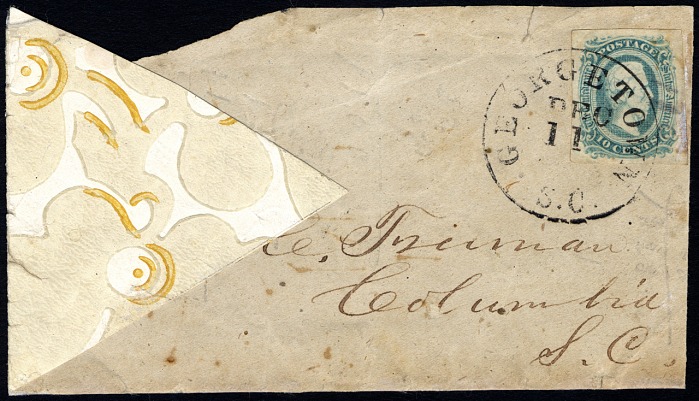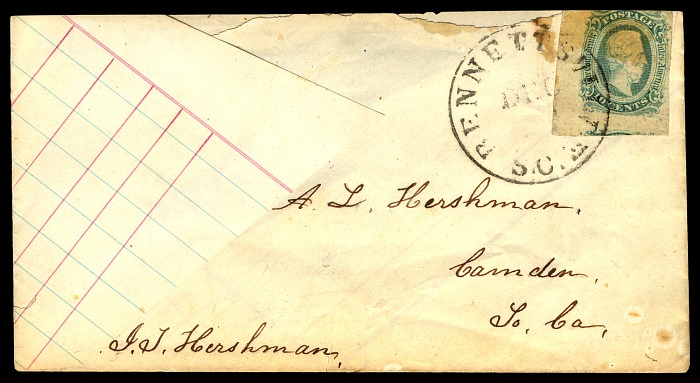On February 4, 1861, representatives from the seven states that had seceded from the United States met in Montgomery, Alabama, to form the new republic. On February 8, the convention announced the establishment of the Confederate States of America and declared itself the provisional Congress. The following day, the Congress unanimously chose Jefferson Davis and Alexander Stephens, two moderate politicians, as provisional president and vice president. The task at hand: convince the remaining eight slave states to join the Confederacy. A committee spent the next five weeks composing a constitution, which was approved on March 11. The document closely followed the U.S. Constitution, including its Bill of Rights. There were, however, a few notable differences. The constitution omitted language about ‘the general welfare’, and while the right to own slaves was explicitly guaranteed, foreign slave trade was forbidden.
The president, who was to serve a single six-year term, held line-item veto power over the budget, and his cabinet held non-voting seats in Congress. To guarantee Southerners their prized states' rights, the government had no authority to levy protective tariffs, make internal improvements, or overrule state court decisions. The states had the right to sustain their own armies and enter into separate agreements with one another. They also had greater power in amending the constitution. Although there was a provision for a federal Supreme Court, Confederate legislators never agreed on its configuration or even the wisdom of its establishment, and thus the Confederacy lacked a high court throughout its existence. The provisional Congress sent three envoys to Washington to try to negotiate a final, peaceful split from the United States, but, at the same time, it shrewdly prepared for combat by establishing an army.
Hopes for a nonviolent settlement died after the Confederacy’s April 12, 1861, attack on Fort Sumter, which expelled Union troops. Four more southern states—Virginia, North Carolina, Arkansas, and Tennessee—joined the Confederacy once the war began. Missouri and Kentucky formed secessionist governments, though they officially stayed in the Union. The western counties of Virginia rejoined the Union. The Confederacy's capitol was moved from Montgomery to Richmond, Virginia, the following month, and regular presidential and congressional elections were held in November. Though negotiations took place, no foreign power ever recognized the Confederacy.
Richmond fell to Union forces on April 2, 1865, and the Confederate government collapsed. On April 9, 1865, Confederate General Robert E. Lee surrendered to Union General Ulysses S. Grant, thereby ending the Confederacy. Although most counseled against it, Davis intended to reestablish a seat of government west of the Mississippi River and continue the struggle, but his capture outside Irwinville, Georgia, on May 10 squelched his plan. The Confederacy, established little more than four years earlier, ceased to exist. The Confederate States reunited with the Union.
Patricia Kaufmann


